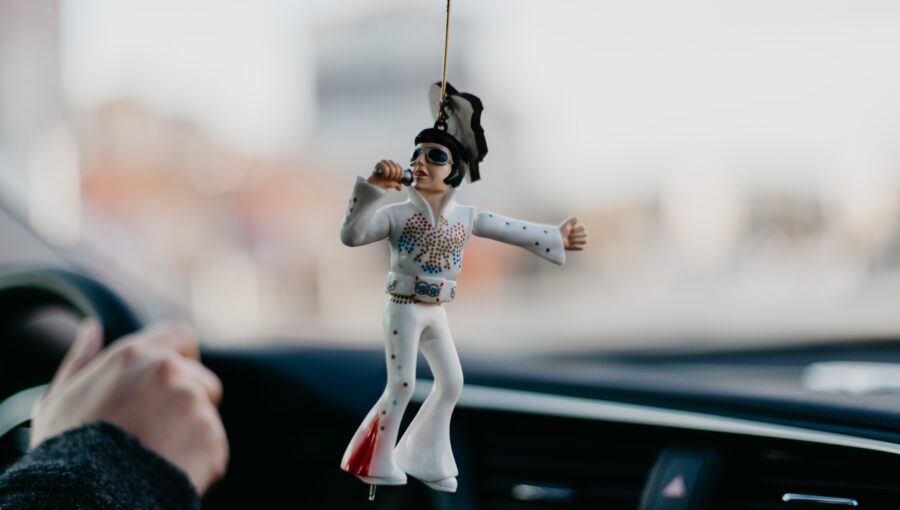| Digitally disconnect for more creative thinking
No matter what job we do, the impact of technology on our brains can be alarming but there are steps we can take to be more productive and creative, according to episode 2 of the ABC series Our Brain. The four horsemen of the digital apocalypse: deluge, distraction, dementia and deduction combine to overload and overwhelm our brains, addict us to distractions, deteriorate our memory and fool us into thinking we are making choices. No wonder we all feel so tired.
Importantly, creative thinking happens when we are in a daydreaming or default mode, and to achieve this we have to digitally disconnect. We can build up our cognitive reserve by engaging in mental, physical and social activities every day and using the 2+5+7 strategy: Set aside two 45-minute time slots for deep thinking (and turn the notifications off), take five brain breaks of five minutes each during the day, and notice or experience seven new things each day.
Ready for a break? Your five minutes start now!
Found a great article on the business of creativity that is worth sharing or
just want to continue the conversation? Drop me a line via the contact form here |
